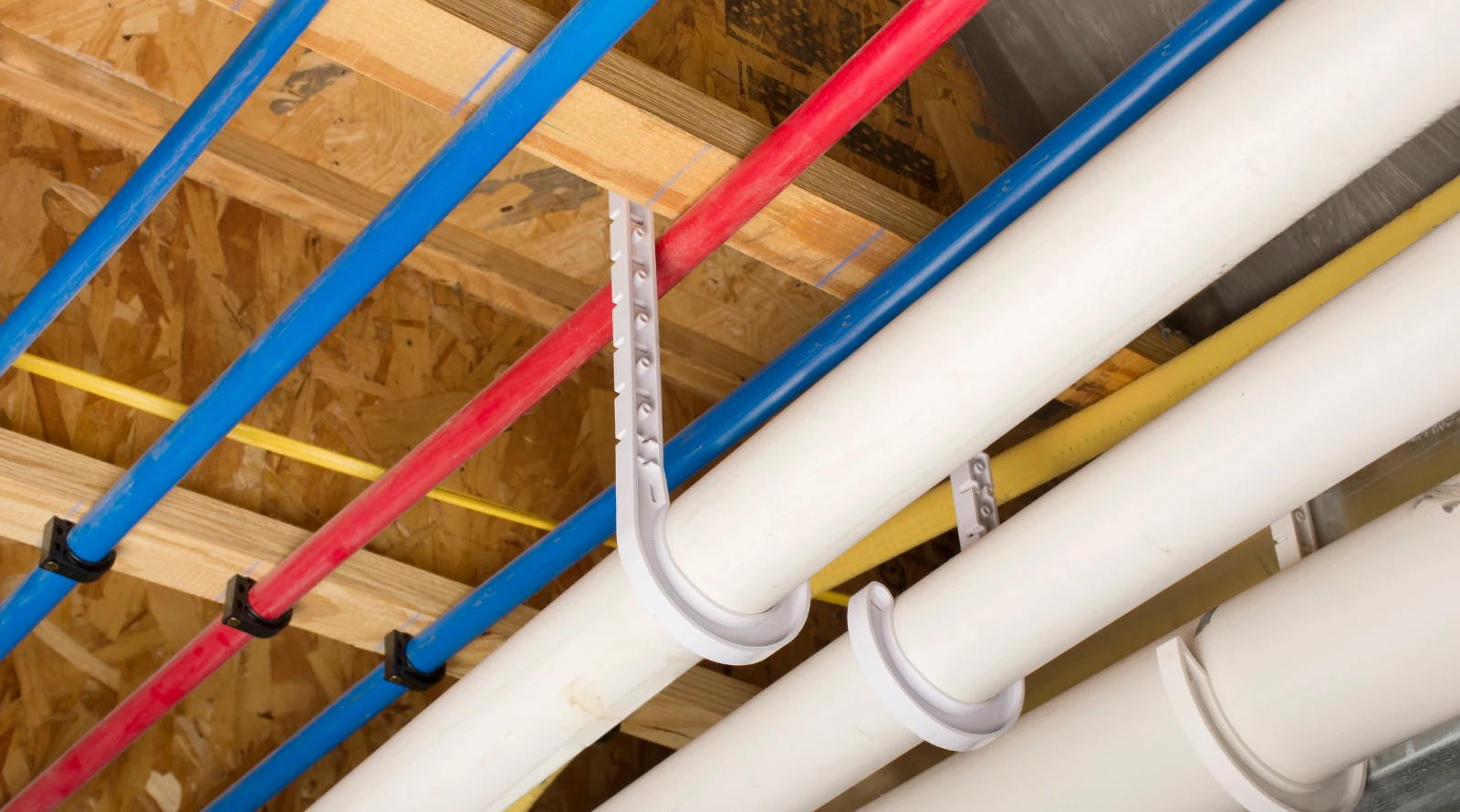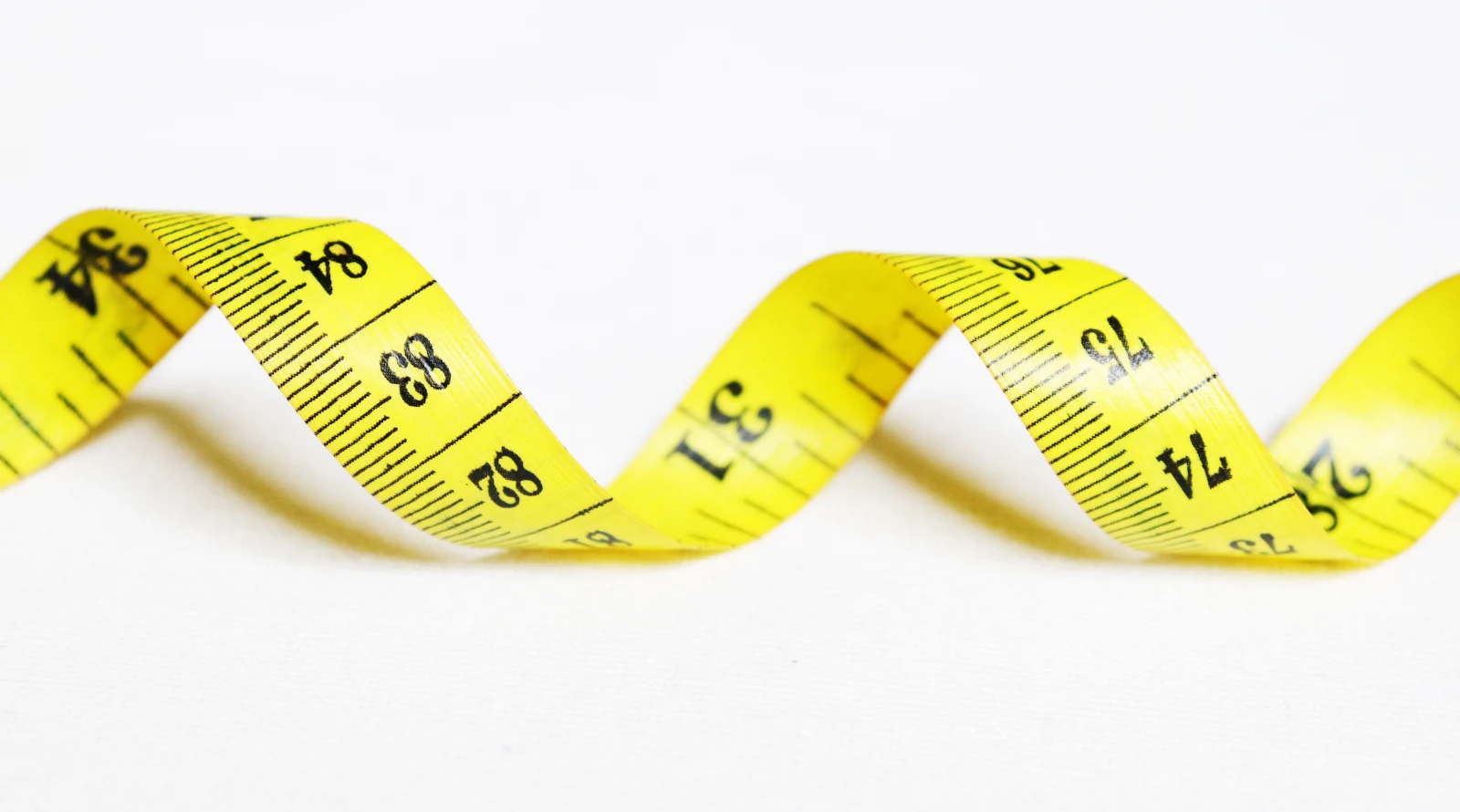Water flow rate plays an important role in many plumbing applications, from managing water in your home to large-scale systems like irrigation. In this guide, we’ll see various aspects of water flow rate, including its relationship to pipe diameter, pressure, and temperature, as well as providing a calculator to easily estimate water flow rates.
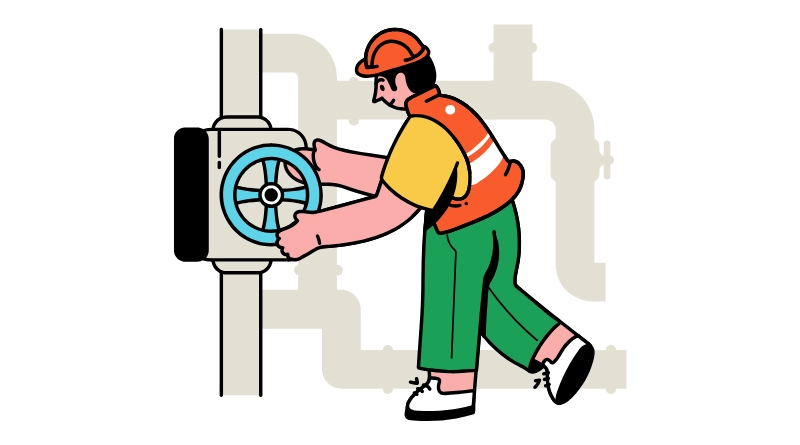
Water Flow Rate Calculator
To simplify things, here’s a handy Water Flow Rate Calculator that you can use to estimate flow rate based on pipe diameter, pressure, and length:
Now that you’ve got the calculator, let’s explore the key topics related to water flow rate.
Water Flow Rate and Temperature Across Pipe
The temperature of water affects its viscosity, and as a result, the flow rate. Warmer water tends to flow faster through pipes than cooler water because it becomes less viscous. This concept is essential when designing systems like hot water pipes or when dealing with environments that experience temperature fluctuations.
Here are a few key points about how temperature impacts water flow rate:
- Higher temperatures reduce water’s viscosity, leading to faster flow.
- Lower temperatures increase viscosity, which can slow down water flow.
- Hot water systems require special pipe materials to handle the higher flow rates and thermal expansion.
In practical terms, the impact of temperature on flow rate can be managed by choosing the correct pipe material and ensuring proper insulation.
Garden Hose Water Flow Rate
The flow rate of a garden hose depends on its diameter and the water pressure at your home. A standard garden hose is ½ to ¾ inch in diameter, and the flow rate typically ranges from 9 to 17 gallons per minute (GPM).
Here’s how garden hose diameter and pressure affect water flow:
- Larger Diameter – A larger diameter hose allows more water to flow through it, increasing the flow rate.
- Pressure Impact – Higher water pressure forces more water through the hose, further increasing the flow rate.
For example, a ¾ inch garden hose at 40 PSI (pounds per square inch) will have a higher flow rate than a ½ inch hose at the same pressure. If you’re using the hose for activities like watering the garden or washing your car, understanding the flow rate will help you manage water efficiently.
Water Flow Rate Calculator: Pressure and Diameter
Water flow rate can be calculated based on the pressure in the pipe and the pipe’s diameter. These two factors are crucial in determining how much water moves through the pipe at any given time. To estimate the flow rate, you need to measure or know the pressure (in PSI) and the pipe diameter (in inches or millimeters).
Our Water Flow Rate Calculator (provided above) allows you to input pipe diameter, pressure, and pipe length to get an accurate flow rate.
Here’s a breakdown of the process:
- Measure the Pipe Diameter – This is the internal diameter of the pipe, usually in inches.
- Determine the Pressure – The pressure inside the pipe, usually measured in PSI.
- Calculate the Flow Rate – Using the calculator, enter these values to estimate how fast water is flowing through the pipe.
This method is widely used in plumbing design, irrigation systems, and other applications where accurate water flow is critical.
Water Flow Rate Formula
The basic formula for calculating water flow rate in a pipe is:
Flow Rate = A × V
Where:
- A = Cross-sectional area of the pipe
- V = Water velocity in the pipe
If you know the pipe’s diameter (d) and water velocity, you can calculate the cross-sectional area (A) using the following formula:
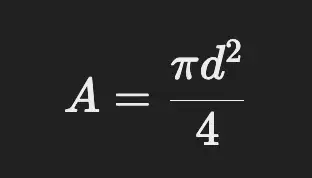
To calculate water velocity (V), you can use the Bernoulli equation or measure it directly using a flow meter. However, a simpler, more practical approach for everyday plumbing calculations is to use a pressure-based method.
Here’s a simplified flow rate formula using pressure:
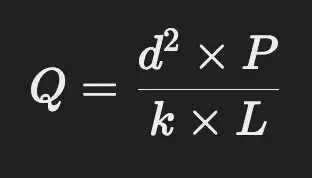
Where:
- Q = Flow rate (in liters per minute)
- d = Diameter of the pipe (in meters)
- P = Pressure (in PSI)
- L= Length of the pipe (in meters)
- k = Constant (depending on the pipe material and other factors)
This formula is used in our calculator and gives a fairly accurate estimate of flow rate. Keep in mind that factors like pipe roughness and bends can slightly affect the result, but this method is sufficient for most domestic applications.
So, be sure to use the Water Flow Rate Calculator to simplify your calculations and ensure plumbing system in your home is optimized for efficient water use.
